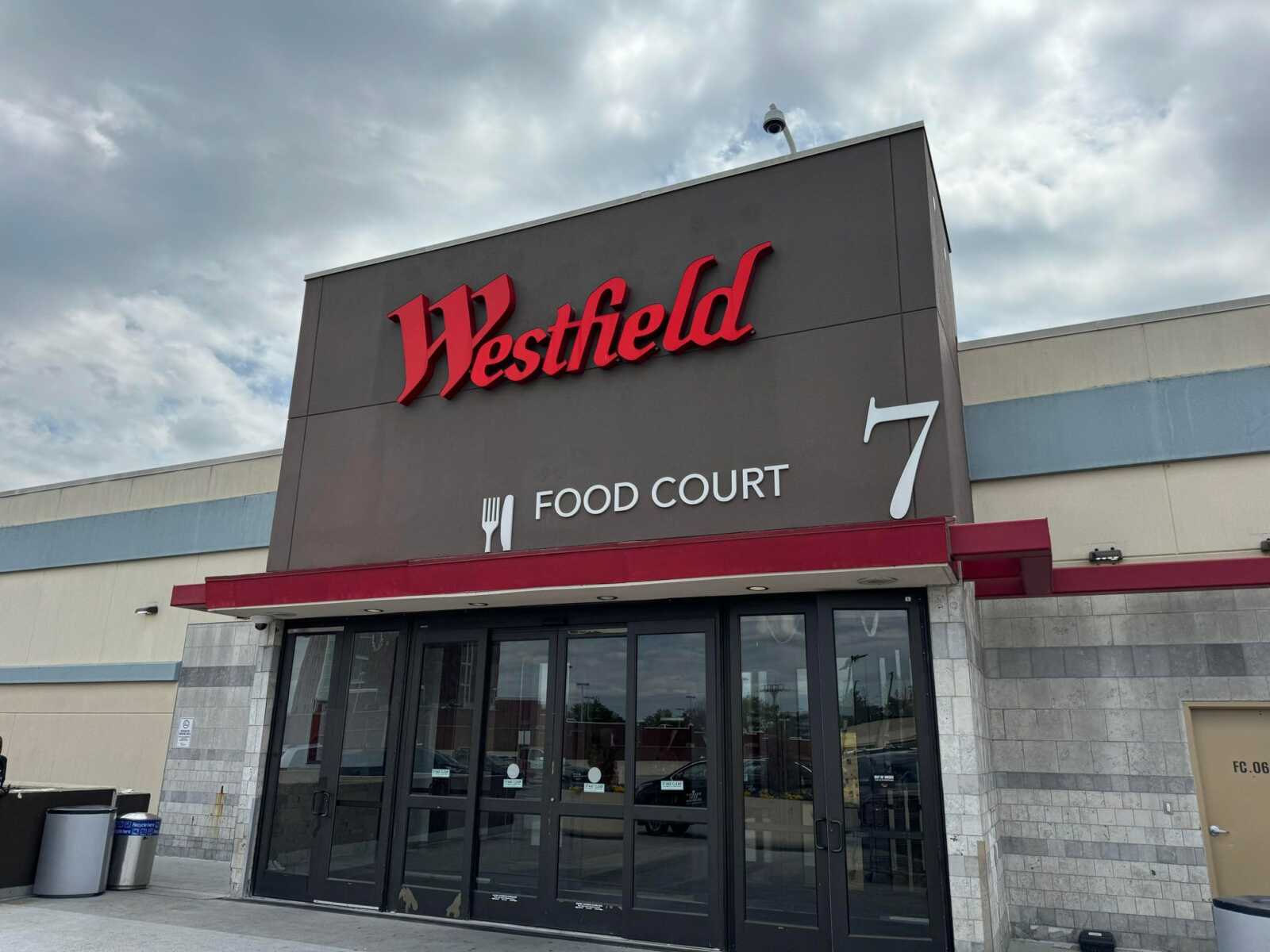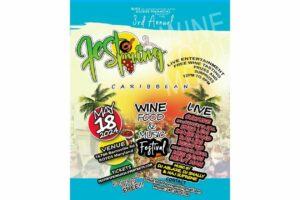5 Historical Locations in MoCo That You Probably Didn’t Know Existed
Montgomery County is full of historical landmarks and buildings, many of which are well known outside of the county. But for every notable landmark, there are many more that are often overlooked by the public.
We’ve picked 5 of these historical sites that you probably didn’t know existed and are shining the spotlight on them. The criteria is simple: These sites have to be places that, outside of their respective communities, are probably not well known to many MoCo residents.
1. The Madison House (Brookeville)
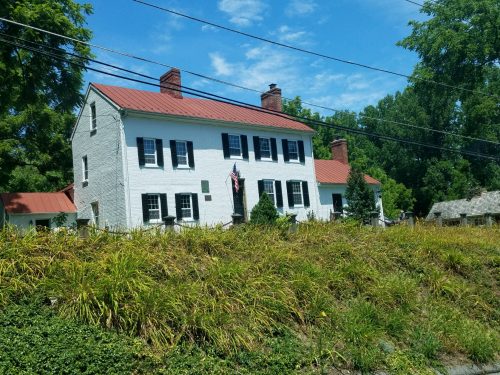 Photo courtesy of Isaac Donsky
Photo courtesy of Isaac Donsky
During the War of 1812, as the British burned Washington D.C., President James Madison and his staff fled to Brookeville, where they stayed in the house of Brookeville postmaster Caleb Bentley overnight. For one summer night, Brookeville became the temporary capital of the United States of America, and the Madison House became the temporary White House.
2. The Sandy Spring Underground Railroad Trail (Sandy Spring)
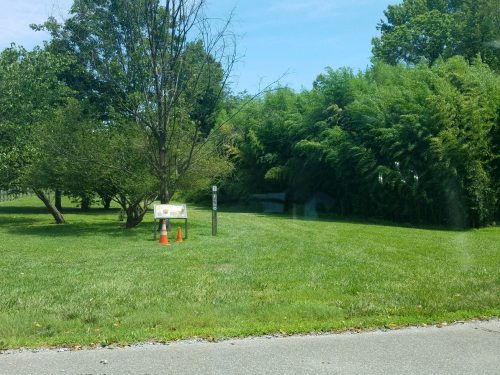 Photo courtesy of Isaac Donsky
Photo courtesy of Isaac Donsky
While it is well known that the Underground Railroad did pass through many parts of Montgomery County, this section of the trail through Sandy Spring is notable for several reasons. Firstly, the Quakers who owned the nearby farm provided shelter to escaping slaves, and the barn where they stayed is still standing. Secondly, the trail actually connects with another trail that leads to the original Sandy Spring. Finally, the bamboo that is grown on the property is the same bamboo that is fed to the National Zoo’s giant pandas.
3. Ziegler Log Cabin (Hyattstown)
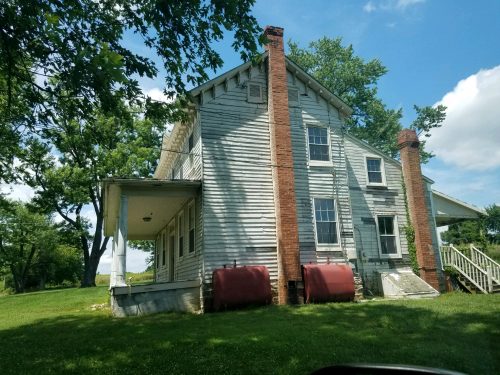
Photo courtesy of Isaac Donsky
The wealthy Ziegler family pretty much owned all of Hyattstown during the 1800s, and the log cabin that was the original home for them still stands to this day, though a newer farm house has been built around it. Archaeological digs have discovered evidence that during the Civil War, the property was used as a camp for both Union and Confederate soldiers, who used nearby Sugarloaf Mountain as a lookout point.
4. The Josiah Henson House (Rockville)
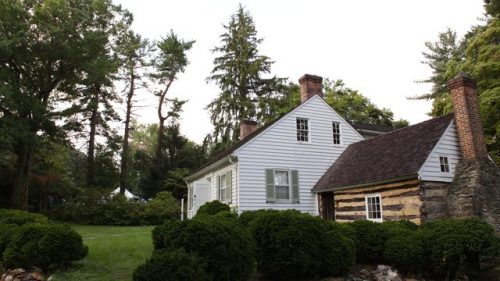
Photo courtesy of the Montgomery County Parks Department
Out of all the sites on this list, this one is the one that people may recognize the most. Josiah Henson was a slave whose life was the inspiration for Harriet Beecher Stowe’s ground-breaking novel, Uncle Tom’s Cabin. Henson fled to Canada in 1830, where he founded a settlement for escaped slaves. What’s left of the cabin where he was kept in bondage can still be viewed to this day.
5. The Darby Store (Beallsville)
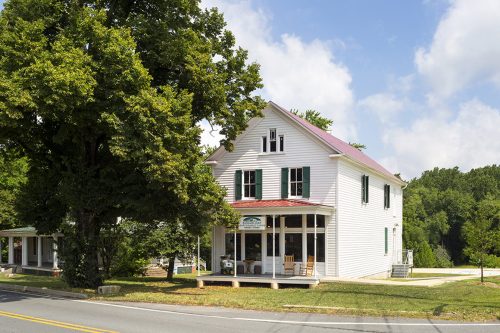
Photo courtesy of the Montgomery County Parks Department
If you’ve ever driven through western MoCo, you’ve probably seen this little corner store before, but never wondered about it. The Darby Store is one of the last remaining general stores built in the early 1900s that’s still standing. The building has been through a lot, serving not only as a general store, but also as a local post office during the 1920s.
By Isaac Donsky
Recent Stories
Mayor Jud Ashman and members of the City Council hosted the 2024 State of the City address on Thursday, April 18, at Asbury Methodist Village.
FEST OF SPRING Caribbean Wine Food & Music Festival
Get ready to experience the vibrant colors, tantalizing flavors, and infectious rhythms of the Caribbean at the FEST OF SPRING Caribbean Wine Food & Music Festival! Hosted by RHU LLC, this exciting festival is set to take place on May 18, 2024, at the picturesque 16700 Barnesville Rd in Boyds, MD.
Step into a world where the Caribbean spirit comes alive! From 12:00 PM onwards, immerse yourself in a sensory journey that celebrates the unique culture, cuisine, and music of the Caribbean. Whether you're an African American, a Reggae or Soca music enthusiast, a wine lover, or part of the vibrant Caribbean diaspora, this festival promises to delight and captivate you in every way.
Let the enticing aromas of mouthwatering Caribbean dishes tantalize your taste buds. Feast on traditional delicacies prepared by expert chefs, showcasing the rich and diverse culinary heritage of the Caribbean. Indulge in flavorful jerk chicken, succulent seafood, and delectable plantain dishes that will transport you straight to the islands.
Accompanying the culinary extravaganza is a carefully curated selection of premium wines, ensuring the perfect pairing for your palate. Sip on fine wines from renowned vineyards, each sip a reflection of the Caribbean's vibrant spirit. Discover new flavors, expand your wine knowledge, and savor unforgettable moments with every glass.
As the sun sets, get ready to groove to the infectious rhythms of Caribbean music. Feel the pulsating beats of reggae, soca, dancehall, and calypso, moving your body to the lively melodies. Live performances by talented musicians and performers will keep the energy high, ensuring a night of unforgettable entertainment.
Don't miss this opportunity to embrace the Caribbean spirit and celebrate the arrival of spring in style! Tickets are available on AllEvents, so secure your spot today. Join us at the FEST OF SPRING Caribbean Wine Food & Music Festival, where cultures collide and unforgettable memories are made.
LIVE PERFORMANCES By: CULTURE Feat. Kenyatta Hill, EXCO LEVI, IMAGE BAND, RAS LIDJ REGG'GO with Special Guest SUGAR BEAR FROM E.U. & MORE! & MORE!
MUSIC By: DJ ABLAZE, DJ SMALLY & NAJ SUPREME
2 NIGHT Camping packages available: RV/CAMPER $200 | TENTS $150 Starting on Friday May 17 @ 5pm | 30 RV SPACES | 30+ TENT SPACES
KIDS 12 & UNDER FREE!!!




